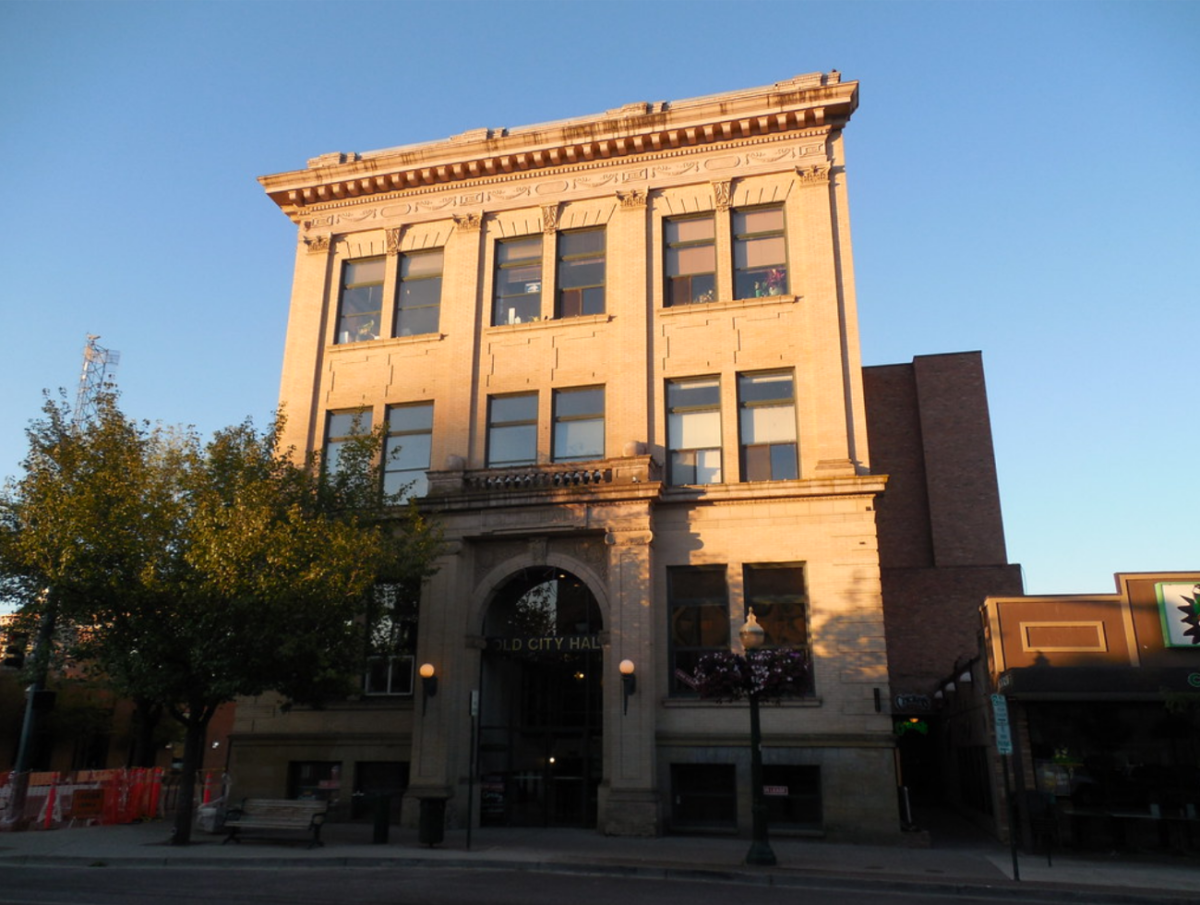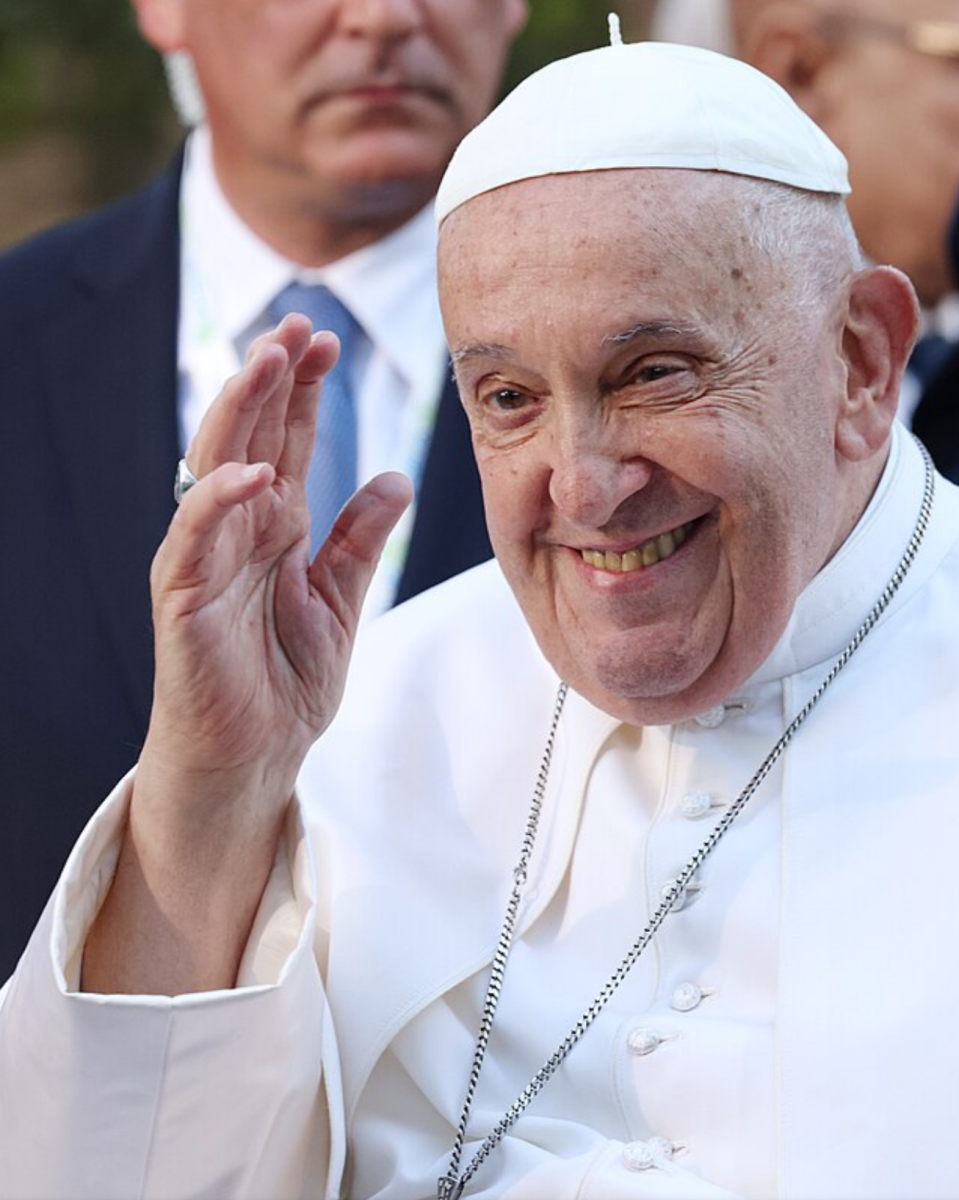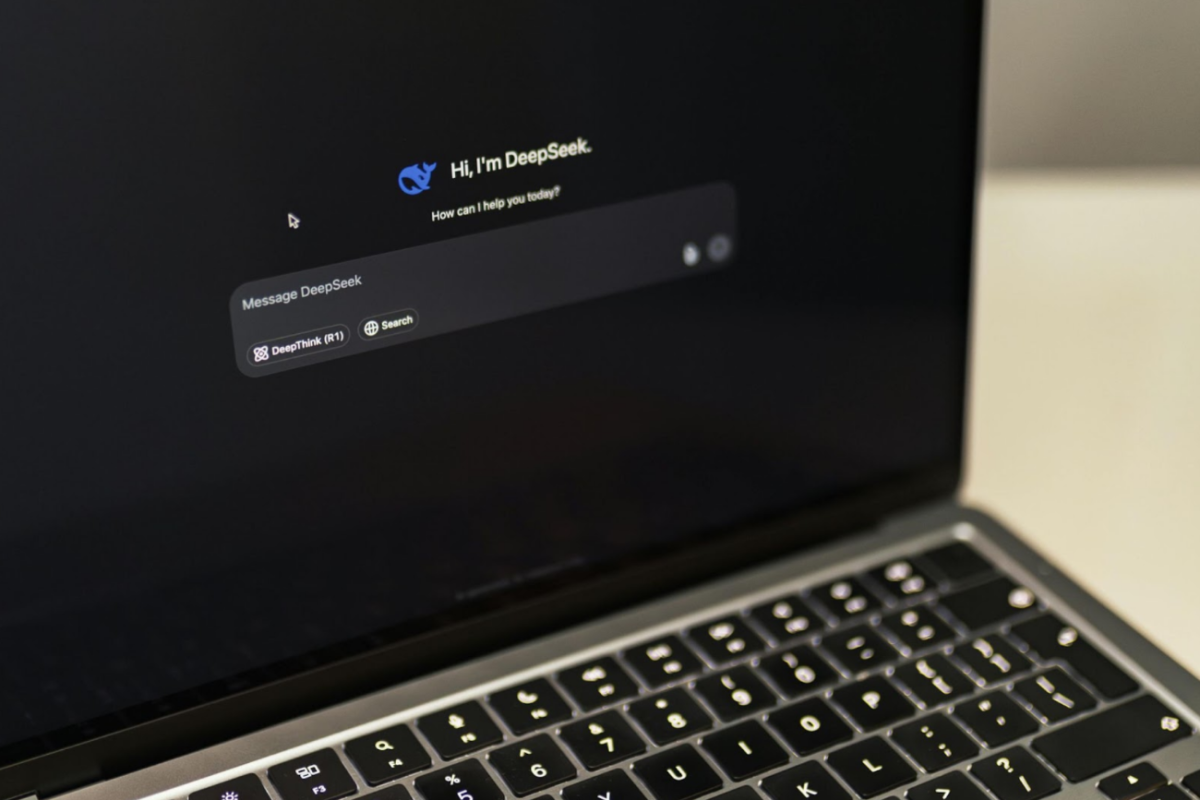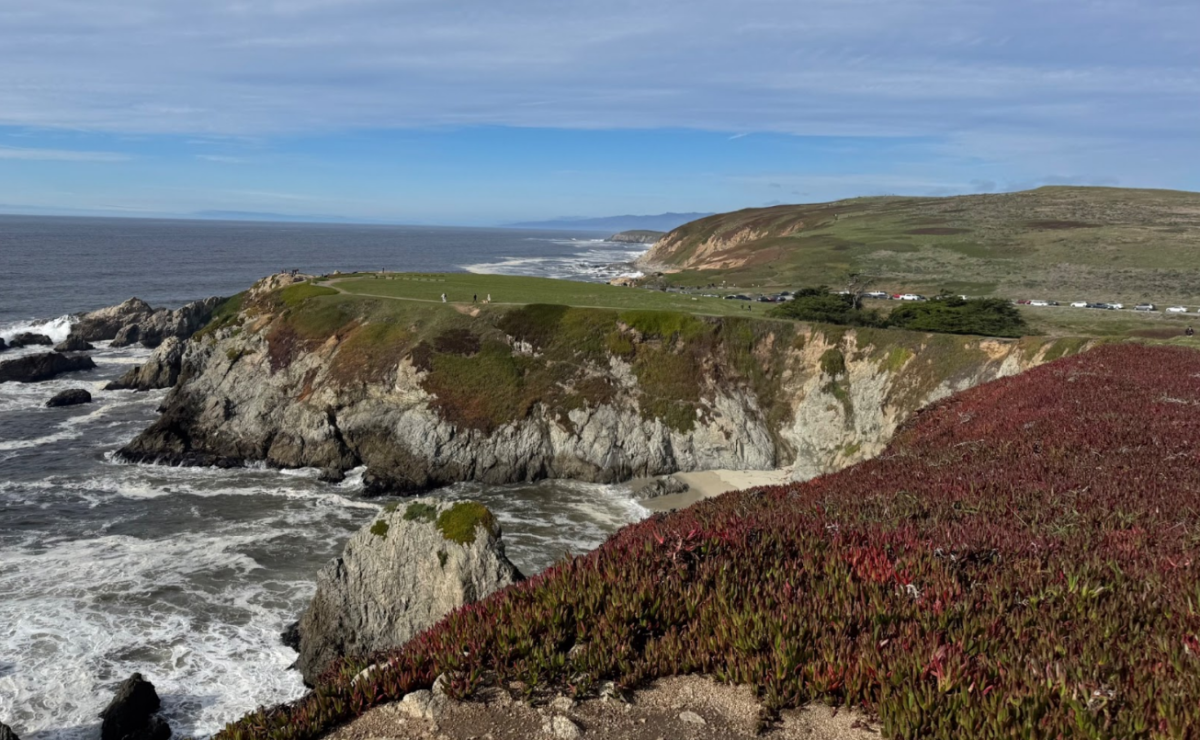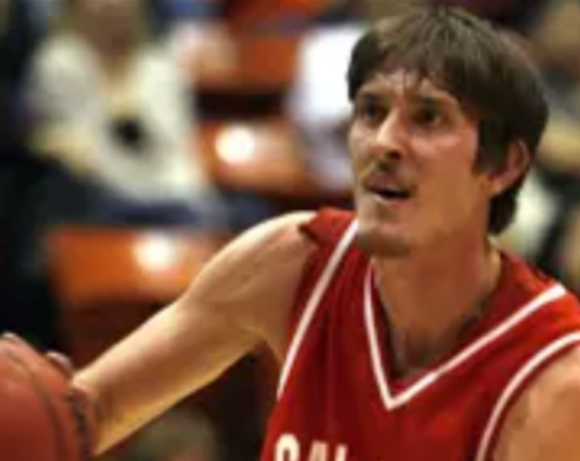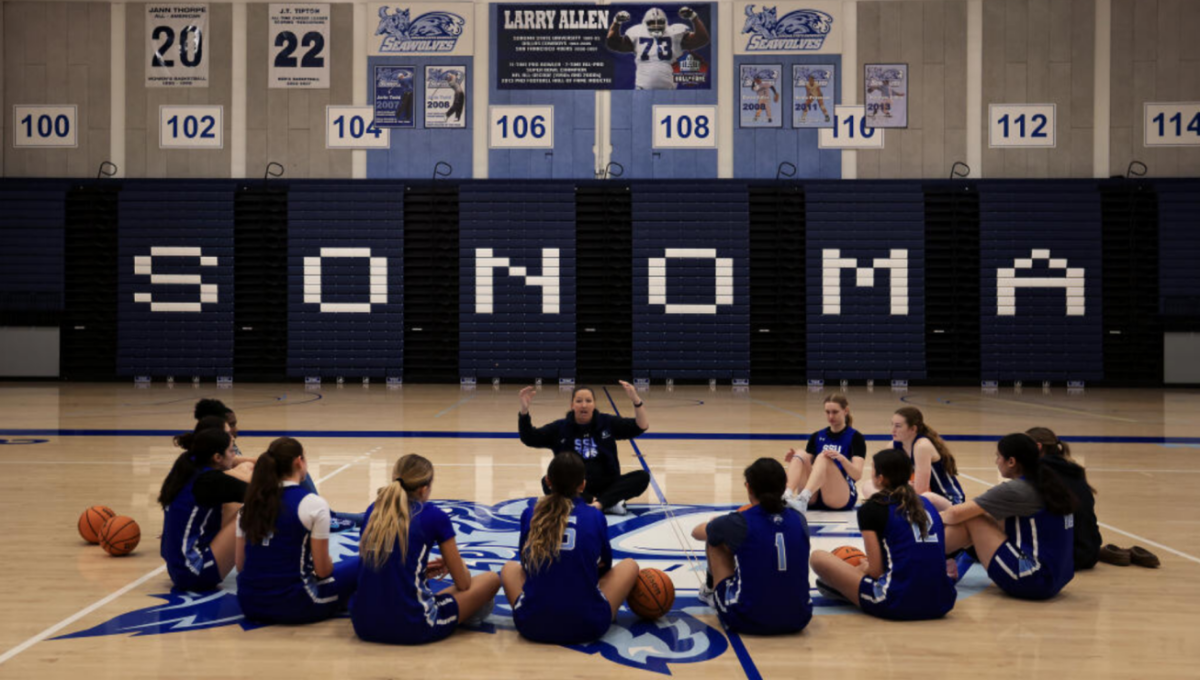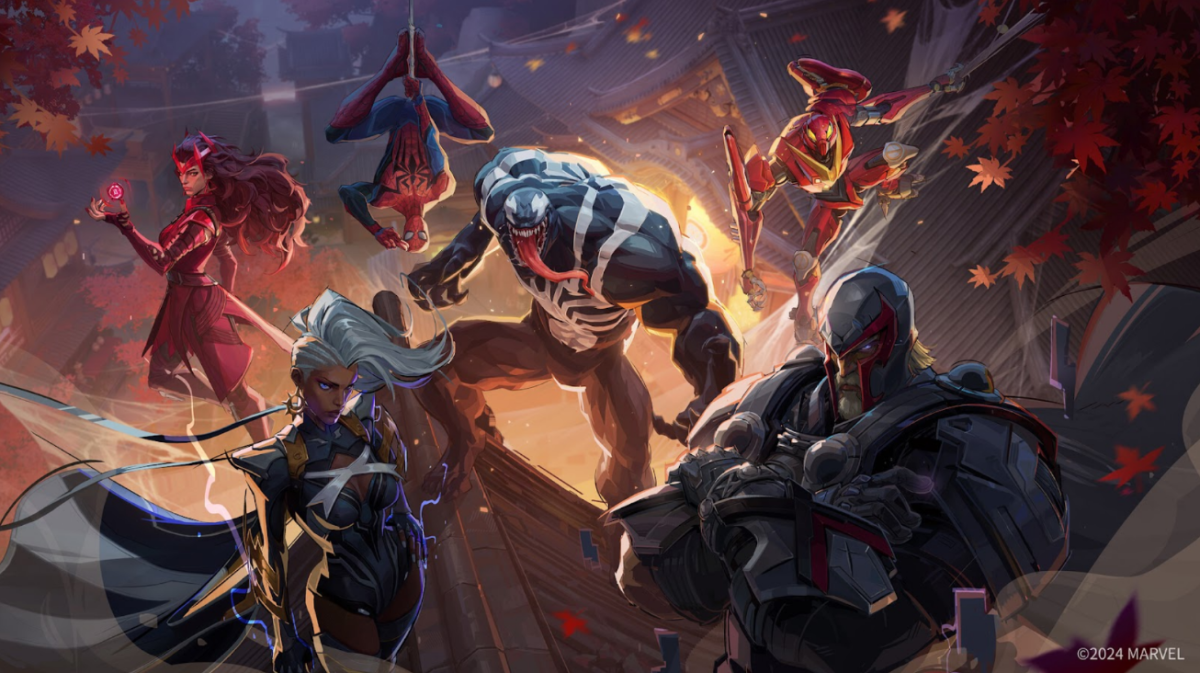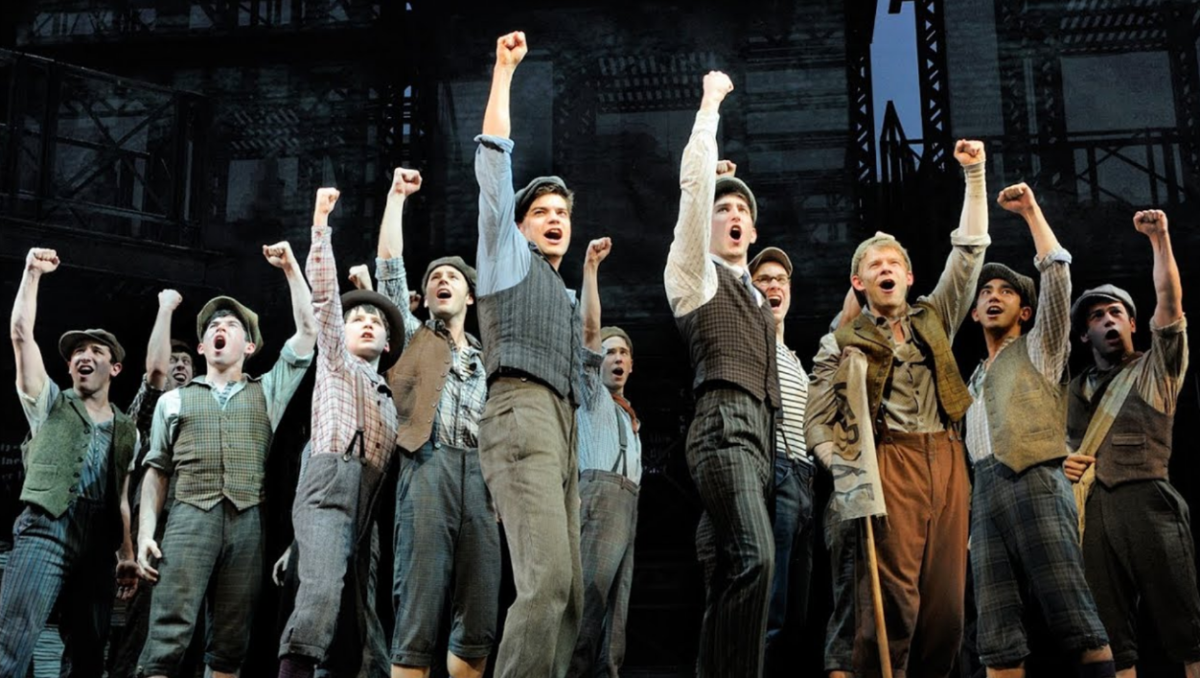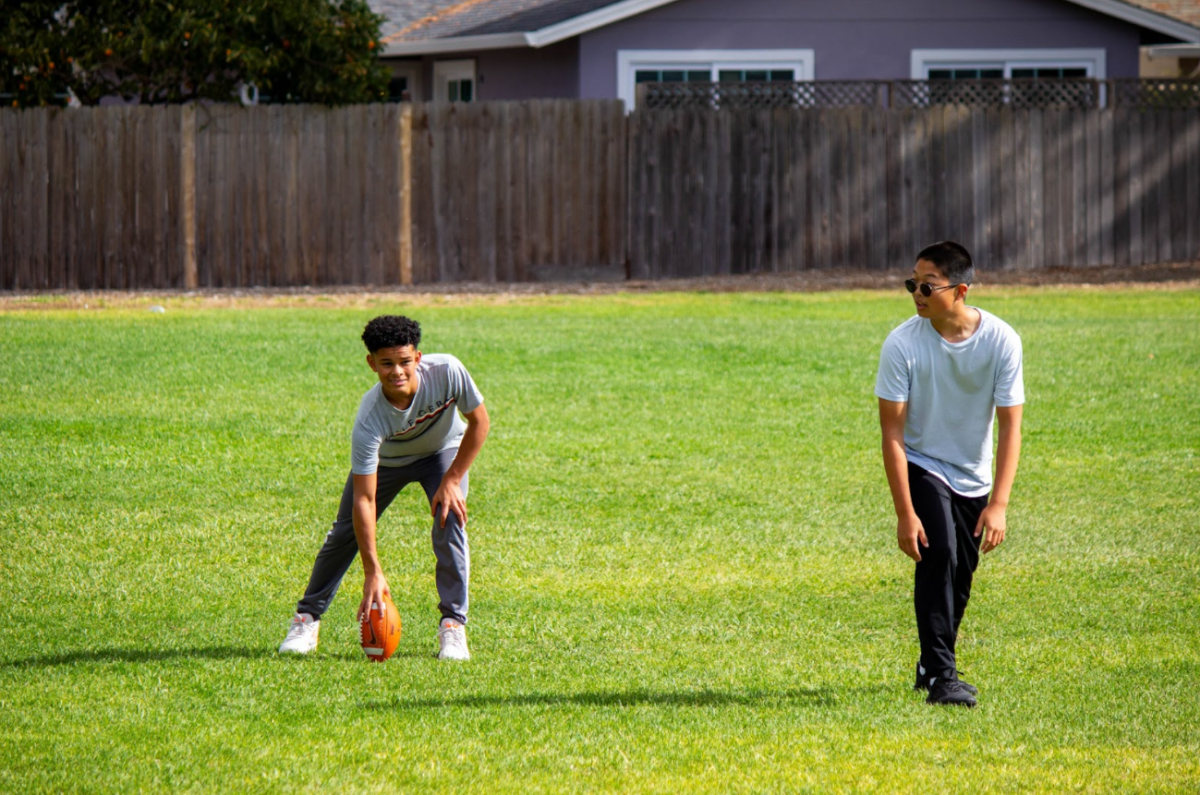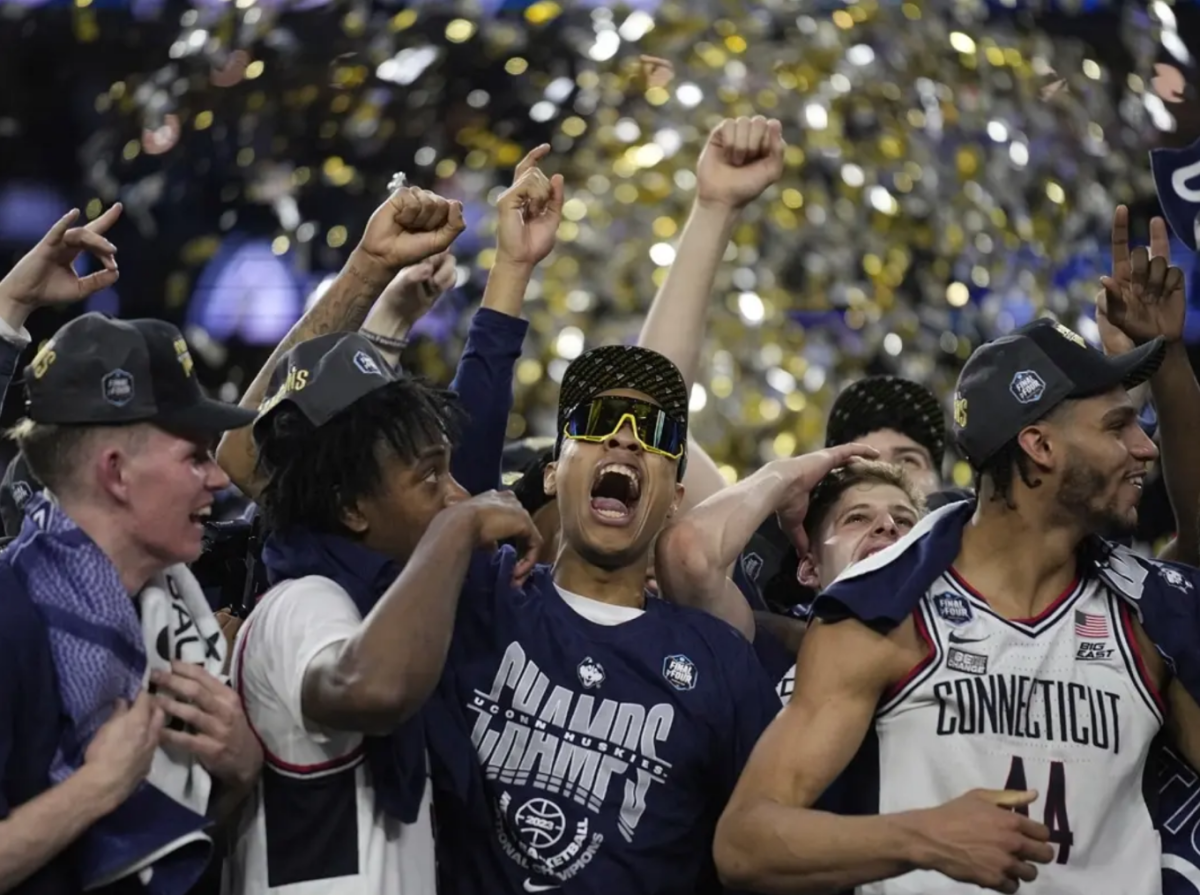For decades, scientists and conservationists have sought out ways to aid endangered animal populations from extinction. Many approaches have been taken, but one recent technique of note has held such great promise, experts say it might just hold the key to help return these closely-monitored species to a thriving state. A team of geneticists and veterinarians worked closely together to turn a frozen sample of DNA into two incredible harbingers of new hope for an ancient species. This is Kurt and Ollie’s story.
When you first hear the term “wild horse,” you might think of the Mustangs who live on the open plains in the western United States, or the Chincoteague ponies that roam freely on Assateague Island on the East Coast. However, by definition, these breeds are not considered to be truly wild horses. Yes, they live on their own in the wild, and they don’t rely on people for food, shelter, or water, which does point to them being wild horses, but the biggest defining characteristic of what makes a horse truly wild is their ancestry.

Both Mustangs and Chincoteague ponies are descended from domesticated horses brought to the United States by Spanish explorers. The name Mustang is actually tied to this breed’s origins, being derived from the Spanish word Mesteño, which translates to stray. Because these horses are the descendants of once-domesticated steeds, they are defined by scientists as feral horses, not wild ones. So, is there a breed of horse that is actually considered to be a wild horse? The answer is yes: The Przewalski’s horse.
Originating from Mongolia and discovered by Nicholas Przewalski in 1881, the Przewalski (pronounced sheh-VAHL-skee)’s horse is the only truly wild horse in the world, and it is a critically endangered species. Having a prehistoric appearance, even today, is only a small representation of the age of these horses. European cave paintings that date back from 15,000 to 30,000 years ago depict animals bearing a strong resemblance to the ancestors of this breed, showing just how ancient these horses are. Since 1977, efforts have been made across the globe to preserve this species, which almost went completely extinct in the 1960s after a severe decline in the population in decades prior.
Today, while their numbers have increased, there are still only about 2,500 Przewalski’s horses left in the world, who all can be traced back to 14 common ancestors. Despite the fact that the population has grown significantly since the conservation efforts towards these horses started, all of the horses being the descendants of 14 individuals means that the species has lost a significant amount of genetic diversity. Scientists have been concerned that the breed would eventually reach a genetic bottleneck, where the population of Przewalski’s horses would become too inbred to produce healthy offspring.
In an attempt to prevent this from becoming the case, many organizations have been researching ways to restore more genetic diversity into the breed. Then, in 2020, the efforts of a collaboration between ViaGen Pets and Equine, the San Diego Zoo, and the organization Revive and Restore yielded the immense success everyone in the field had been hoping for: a way to finally restore lost genetic diversity into the species.
Using a cryopreserved DNA sample of a Przewalski’s stallion named Kuporovic from the San Diego Zoo Wildlife Alliance’s Frozen Zoo, scientists were able to create the world’s first ever cloned Przewalski’s horse, and with it, begin the process of reintroducing one of the many lost genetic lines to the species. Taking a donor egg from a Przewalski’s mare and applying gene-editing/restricting technologies to it allowed for scientists to plant Kuprovic’s DNA inside without the risk of the donor mare’s genes covering his. It also ensured that the resulting foal would not be genetically related to any of the horses currently in the bottleneck, and that their DNA would be able to be transferred to any future offspring without consequence. Named after Kurt Benirschke, M.D. (a crucial player in the Frozen Zoo’s development) and born on Aug. 6, 2020 to a surrogate mother at the Timber Creek Veterinary Facility in Texas, Kurt carries with him genetic information that has not been seen in the Przewalski’s horse population for over 40 years.
When he was about a year old, Kurt was transported to the San Diego Zoo to join the existing herd there. However, because he had been born to and raised by a domesticated quarter horse, Kurt had never interacted with other Przewalski’s horses. It was therefore crucial that he learn “the language of the Przewalski’s horse” in order to successfully fit in with his future family and friends. In order to do this, experts at the San Diego Zoo introduced Kurt to another Przewalski’s horse his same age—Holly.

Holly and Kurt were first introduced to each other on May 21, 2021, and as they got to know each other, they formed a very strong friendship that boosted Kurt’s progress in learning how to come into his own and be a true Przewalski’s horse. Holly—who, unlike Kurt, was born into a herd of Przewalski’s horses—taught him basic interactions and etiquettes used by the herd to communicate with each other, which Kurt would need in order to fit in once he was introduced to the other Przewalski’s horses in the San Diego Zoo’s care.
On Sept. 8, Kurt and Holly were moved to a new, larger habitat to further prepare them for joining the rest of the herd, since it closely mimicked the habitat that Kurt, Holly, and the rest of the horses would be sharing. The two young horses eagerly explored the new area, galloping around, whinnying, and bucking playfully in the open space. Ben Novak, one of the lead scientists at Revive and Restore, commented on the sight by saying, “To see Kurt galloping and whinnying with Holly so naturally, you’d think he was born in the wild. It’s thrilling! Cloning for conservation is off to a beautiful start!”
Kurt’s progress was such a success, in fact, that in 2023, using the same cloning techniques, scientists were able to bring a second cloned Przewalski’s horse into the world—Ollie.
Ollie was named in honor of Doctor Oliver Ryder, another key player in the reintroduction of lost genetics in the Przewalski’s horses and the Director of Conservation Genetics at the San Diego Zoo Wildlife Alliance. He was born on February 17th of 2023, at ViaGen Pets and Equine’s cloning and veterinary facility in Texas—The same birthplace as his older brother.
According to Revive and Restore’s official website, “Until the recent birth of this Przewalski’s horse foal, cloning had only successfully produced a single individual of any endangered species. The foal’s birth provides evidence that cloning is an increasingly viable means for species conservation and that the objectives of using cloning for population management can be more fully assured.”

Kurt and Ollie are major beacons of hope for their own species, but they have also paved the way for scientists to take on similar projects in the future that are geared towards the restoration of other endangered species. The existence of these two foals will not only help to save the Przewalski’s horses from the genetic bottleneck scientists feared—they are also playing a massive role in saving many other animal species from extinction.
As of now, Kurt has joined the rest of his new herd alongside Holly, and the two can be seen thriving amongst the rest of the Przewalski’s Horses at the San Diego Zoo Wildlife Park’s Central Asia field habitat. Ollie and his surrogate mother have also been relocated to the Wildlife Park, however, for the time being, they are both in a separate habitat from the rest of the herd. Ollie, following in the stead of his genetic twin, will stay there until he is old enough to join the other members of his species.
While the more commonly-known term for these horses is “Przewalski,” in their native homeland of Mongolia, they go by a different name: “Takhi,” or “Spirit.” According to ancient folklore, the Takhi served as the steeds of gods, and were thus treated with the utmost respect, being left to roam freely as sacred, honored beings without human interference.
With all the breed has endured, the name Takhi stands true to these horses now more than ever, as the strength and spirit they possess has carried them through countless obstacles throughout the breed’s history, especially over the course of the past several decades. Kurt and Ollie continue this ancient legacy by not only ensuring a brighter future for the Przewalski’s horses, but for the future of conservation overall.
Their story proves to the world that the undying spirit of the Takhi carries on, in spite of all this breed has faced. Because of them, the last truly wild horses will be one step closer to being restored to their former untamed glory.


